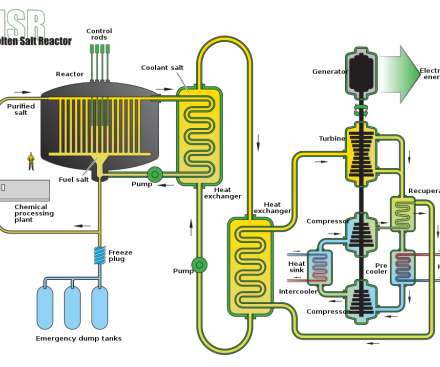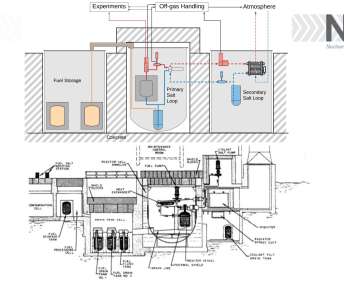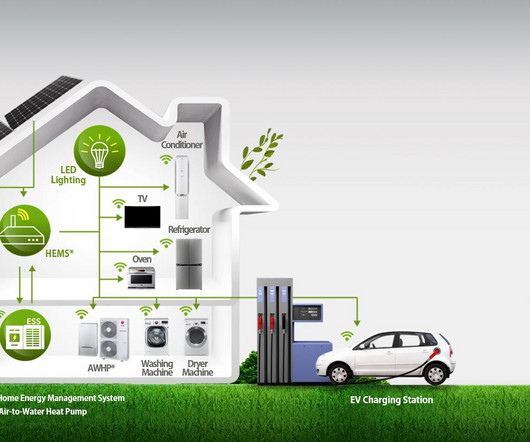Los Alamos Lab to lead $9.25M project to model materials behavior in molten salt reactors
Green Car Congress
AUGUST 13, 2022
SciDAC brings together experts in science and energy research with those in software development, applied mathematics, and computer science to take full advantage of high-performance computing resources. This project will advance modeling the behavior and properties of structure materials under molten salt conditions.



















Let's personalize your content